Tips for a Stress Free Back to School
Silverman Mortgage | August 16, 2019
Here at Silverman Mortgage Group we are all about “Stress-Free”! As Summer starts to evaporate and the evolution of Back to School begins to ring it’s alarm loudly, we wanted to share some tips of how to make the transition less stressful for you and your family.
Foremost begin with a positive approach
to make it an encouraging
kickoff to the school year and promote confidence from the start.
Plan ahead! Setting a date for tasks related to the preparation of school. A few of the biggies to tackle would include school supplies, appropriate seasonal and school clothing, and meal prep (lunch/snacks/dinner). You’ll want to know what you have on hand already and what you will need as step 1. From there you can build your pre-school task list and set goal dates for checking each one off.
With all of this said, a great organization system is always a helpful key to lessen the chaos. Visual schedules can be extremely beneficial or use a family organizer app (i.e. Cozi Family Organizer) so everyone is on the same page everyday.
Get them involved! Together you can accomplish more and be on the same page as you begin to ease into new schedules. Include them in tasks such as organizing their room, collecting together items they will use daily and having them ready to go (water bottles, backpacks, lunchboxes…), clean out closets and inventory clothes… whatever is on your prep list… involve them!
Communication and rewards! You might want to talk about any emotions your child may be feeling and discuss any issues that they may be confronted with and how to handle them (i.e. bullies, new school or teachers). Schedule check in time and create a rewards system together for stages of the process and the weeks ahead as they ease into the semester. It can be as simple as a dinner out. No matter how big or small the reward is, let them have something to look forward to.
Relax into it! Begin by implementing your morning and bedtime routines a few weeks in advance as best you can. Applying some stress reducing techniques (i.e. meditation, yoga, reading…) as a family or individually in advance is also a great beneficial practice to reduce any stress or anxiety to carry throughout the year.
Wishing you all a wonderful stress-free new school year!




